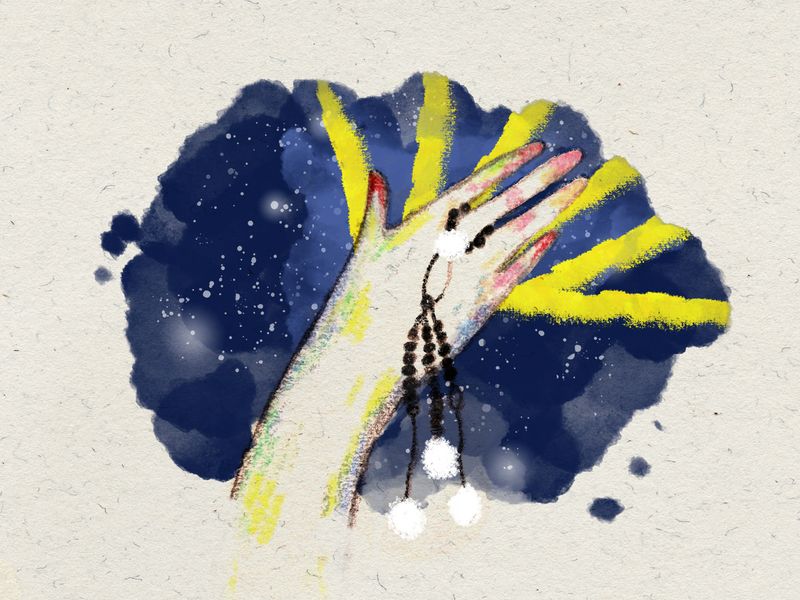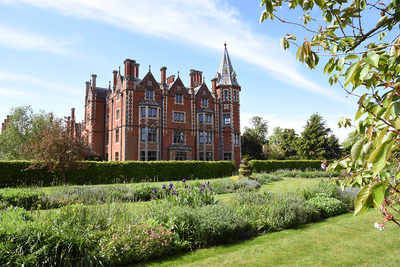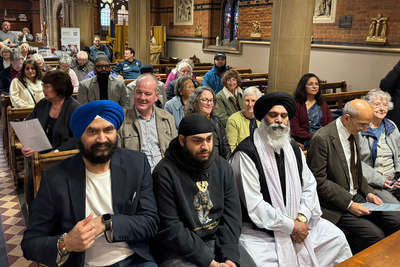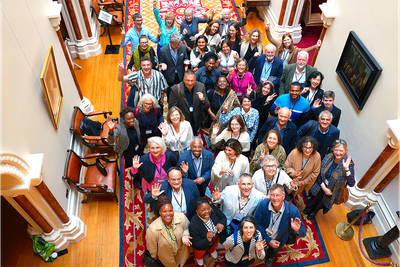For Nichiren Buddhists Nam-myoho-renge-kyo is the ultimate Law or true essence of life permeating everything in the universe. The chanting of Nam-myoho-renge-kyo was established by Nichiren Daishonin, who publicly declared this on 28 April 1253, in what is now Chiba Prefecture, in Japan.
Myoho-renge-kyo is the title of the Chinese translation of the Lotus Sutra.
Nam is a Sanskrit word meaning ‘devotion’. According to Buddhist tradition, the title of a sutra contains within it the essence of the whole teaching.
While Nam derives from Sanskrit, Myoho-renge-kyo comes from Chinese. The inclusion in the invocation of both a western (Indo-European) language and an eastern language signifies the universality of this teaching.
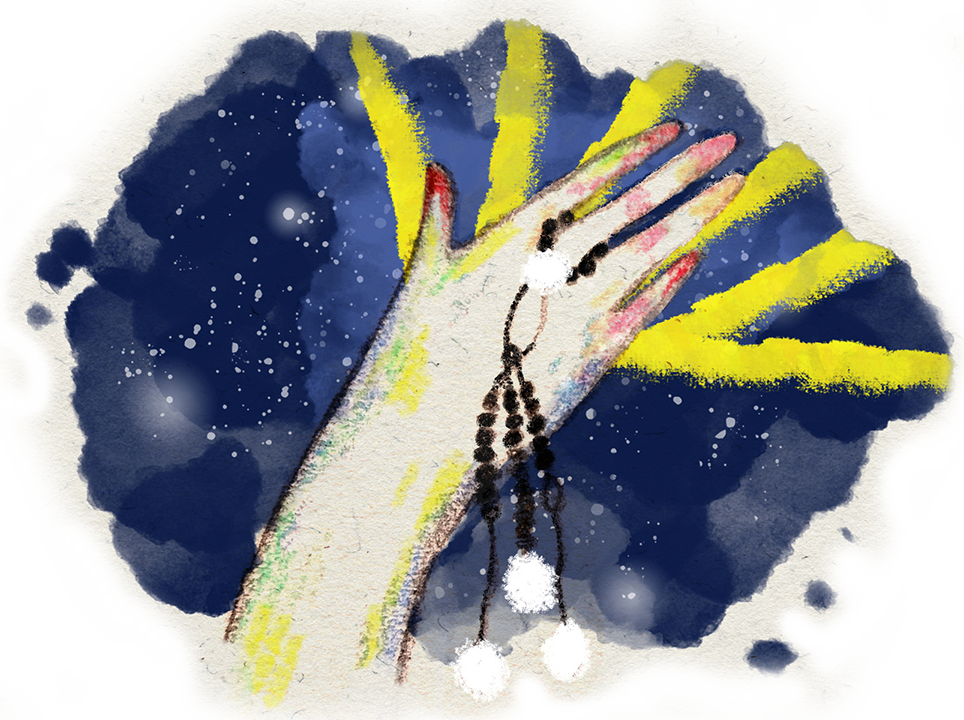
Myoho is the Mystic Law. Myo, meaning unfathomable or beyond conception, indicates the true entity of life, and ho or law, its manifestation. Myo is also interpreted as the fundamental enlightenment or the essential nature of the Law, while ho, which corresponds to the realm of actual phenomena, indicates darkness or delusion.
Renge means lotus flower. The lotus flower blooms and produces fruit at the same time, and thus represents the simultaneity of cause and effect, which is a fundamental belief in Buddhism.
...the lotus grows and blooms in a muddy pond...

Also, the lotus grows and blooms in a muddy pond, which symbolises the emergence of Buddhahood from within the life of us all.
Kyo literally means sutra, the voice or teaching of a Buddha. The character for kyo originally meant the warp of cloth, and later came to have the additional meaning of thread of logic, reason, way or Law. It was therefore also used in the sense of a teaching to be preserved.
The kyo of Myoho-renge-kyo indicates that Myoho-renge-kyo itself is the eternal and unchanging truth.
The original Sanskrit for myo can also be interpreted as ‘perfect endowment’. Therefore, Nichiren Daishonin teaches that Nam-myoho-renge-kyo encompasses all laws and teachings within itself.
This short film introduces the daily practice of Soka Gakkai Buddhists and demonstrates how to chant.
